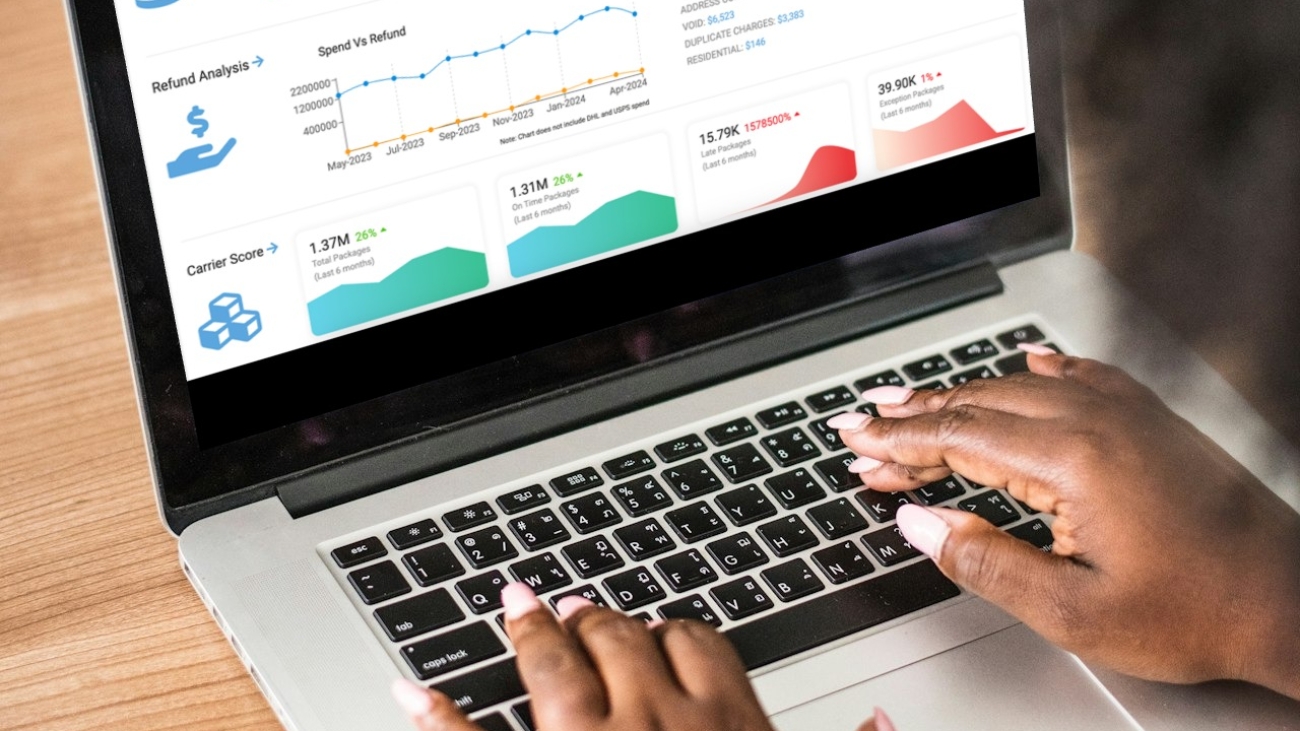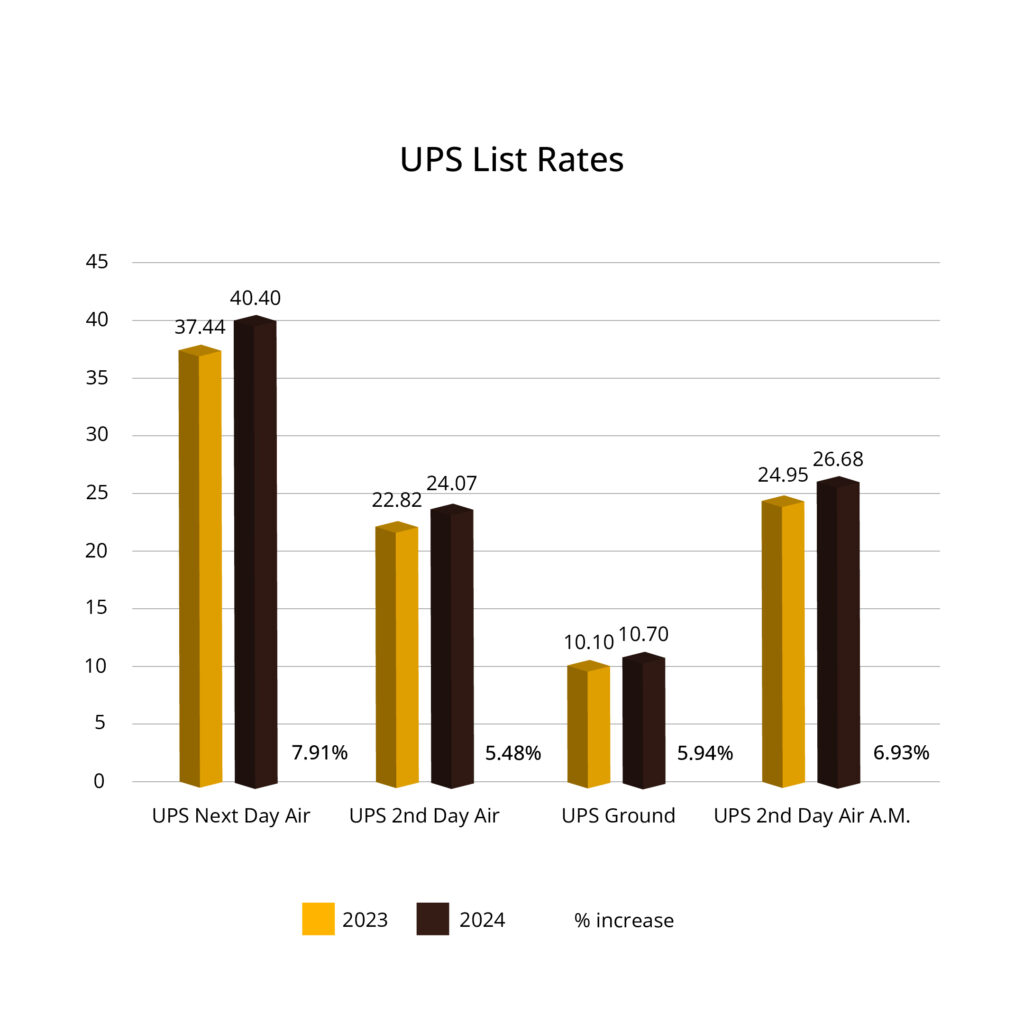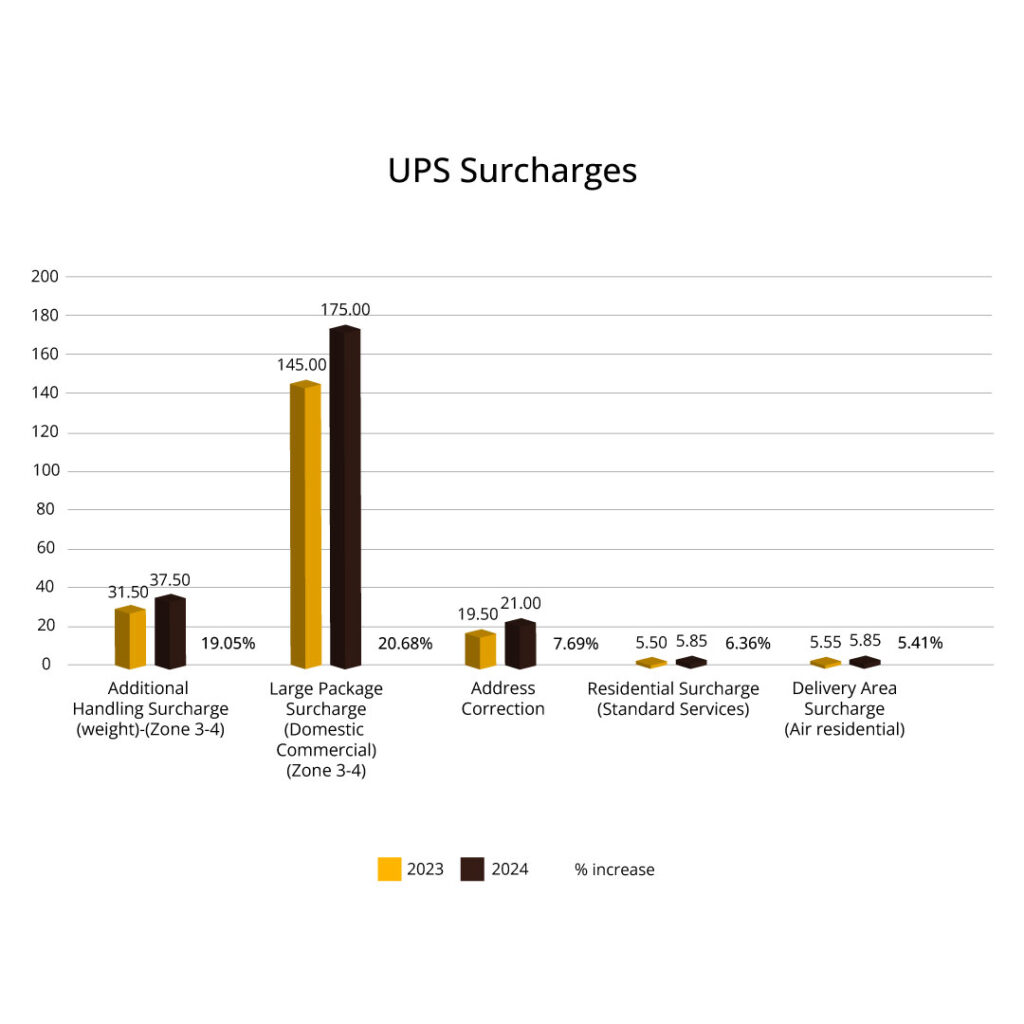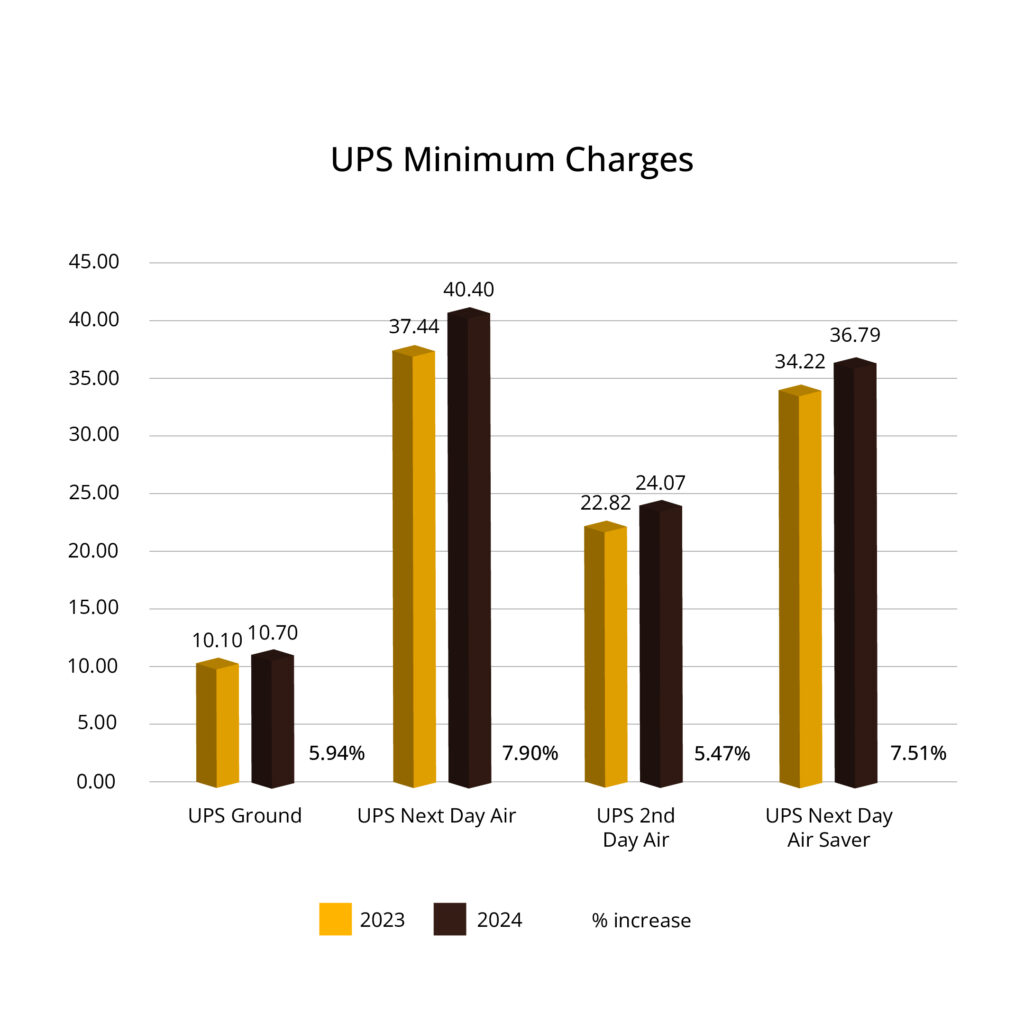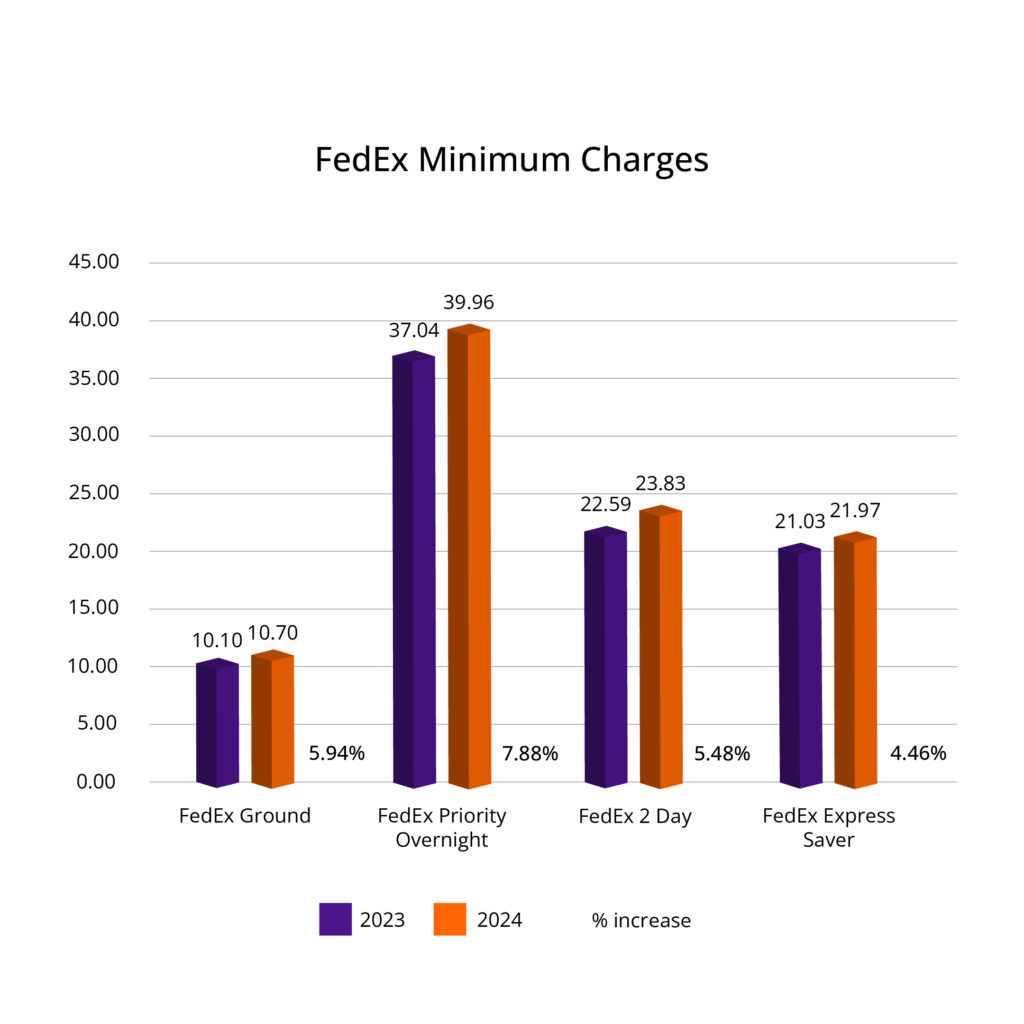E-commerce logistics is growing exponentially. The global e-commerce logistics market will increase to 770.8 million euros by 2026. Moreover, last-mile delivery solutions (60%) will dominate the USA e-commerce logistics market. Supply chain efficiency helps businesses excel at e-commerce logistics. In other words, e-commerce businesses ship their goods to customers economically. It also involves faster delivery of goods to customers.
Modern technology helps supply chains track payments and vendor management. Transportation Spend Management solutions improve delivery performance, reduce costs, and enhance customer experience. Businesses can avoid operational risks with transportation spend visibility. This blog will explain why Transportation Spend Management visibility is crucial for businesses.
Enhanced Visibility with Transportation Spend Management
Managing transportation costs is necessary for all businesses. Data analytics and reporting allow shippers to make data-driven decisions. Technologies like Machine Learning(ML) and Artificial Intelligence (AI) help understand Transportation Spend Management. For instance, invoice line-level details allow shippers to stay on top of hidden charges. Further, companies can monitor the carrier’s performance by in-depth data on late deliveries.
Transportation Spend Management (TSM) systems enhance the visibility of Shipping Spend.
For example, any changes in the demurrage fees can increase shipping costs. Automation in areas like data entry and keeping records can improve shipping processes. TSM tracks expenses in real time so that businesses can adjust their budgets. Further, automated parcel audits can identify and recover overpayments. Customizable shipping reports give a transparent view of the shipping spend.
In addition, Transportation Spend Management provides visibility to complex supply chains. Continuous monitoring of shipments across the entire supply chain can transform shipping operations. Transportation Spend Management tools can enhance the shipping logistics of businesses. TSM visibility can reduce shipping costs by detecting unnecessary spending. Furthermore, companies can improve their shipping operations by leveraging freight spend visibility.
Benefits of Freight Spend Management
Freight spend analysis provides insights into ways of saving money. Invoice processing and analyzing shipping carrier rates are part of freight spend visibility. Shippers can learn about spot freight rates, contracted freight trends, etc. Important information about different data points is available through detailed shipping reports. These reports are customizable so that various departments in the supply chain can view the data effortlessly.
Freight shipping costs help companies measure the cost-effectiveness of their transportation system. In addition, freight auditing processes provide freight bill accuracy. Freight bills contain fuel surcharges, weights, exchange rates, etc. Inaccuracies in freight bills can hamper a company’s bottom line. Auditing freight bills give companies a clear picture of their transportation revenues. Moreover, shippers get insights into freight spending by analyzing the kind of shipping carriers and their budgets.
Freight spend management gives an overview of the shipping expenses and budgets. It involves Freight bill auditing and payment of freight invoices. In addition, an overview of global supply chain management is possible. Shippers make informed, strategic decisions with the help of freight spend visibility. Further, adopting warehouse management systems optimizes freight spend management.
Warehouse Management System and Transportation spend visibility
Companies can manage and control their daily warehouse operations through software. It is the Warehouse Monitoring System (WMS). It can delve into a company’s inventory in real time. Tools like advanced robotics, RFID labeling, bar code scanning, etc., and WMS help streamline warehouse processes. Real-time inventory visibility gives a view of the goods in the warehouse. It improves traceability, which is very useful in case of a recall.
WMS helps improve order fulfillment, quicker deliveries, and reduced wait times at loading bays. Moreover, accurate inventory data allows businesses to optimize their storage and picking processes. It is essential to correct supply chain inefficiencies to reduce costs. Shipping from warehouses involves high transportation costs. TSM monitors shipping costs. Data analytics helps streamline logistics operations. It can monitor logistics KPIs in real time and help businesses make proactive decisions. Transportation spend visibility aids companies in optimizing shipping operations.
How user-friendly data analytics help Transportation Spend visibility
Data regarding accessorial charges, shipping rates, dimensional weight of packages, etc., is analyzed. Automated real-time analytics provides information to companies. Data visualization presentation through user-friendly digital platforms allows shippers to reduce shipping costs. Customized, user-friendly dashboards, widgets, and visualizations refine raw data into actionable information. Using the data, shippers can detect anomalies and correct them. Thus, shippers can reduce transportation costs with the help of advanced technologies.
Further, Business Intelligence (BI) tools transform shipping data and optimize business shipping operations. Powerful BI tools can create interactive dashboards and shipping reports. These easy-to-use dashboards give visual representations of data in the form of graphs. Shippers identify data inefficiencies and make improvements in some areas. Further, they can improve customer service and reduce shipping costs using data analytics.
Increase Transportation spend visibility with Audintel’s TSM services
Data visibility helps shippers optimize and reduce risks in their supply chain. Shippers get relevant information about their shipping costs with Audintel’s technology solutions. Audintel’s Transportation Spend Management (TSM) services encompass freight audit services, which optimize client productivity. Our Business Intelligence tools ensure carrier invoice processing and payments are on time. Shippers can easily visualize data with our compelling shipping reports.
Audintel enhances TSM visibility through TSM services like freight audit and spend intelligence. We ensure accurate freight bill payments and uncover potential savings. Shippers can visualize their freight spend and plan their shipping expenses. Our cloud-based solutions reduce shipping costs by providing better control over supply chain processes. In addition, our freight audit services eliminate overpayments and maximize freight savings.
Shippers benefit from apt advice from Audintel’s team of experts. The team compares multiple shipping carrier contracts and aids in Carrier pricing negotiations. Our staff helps companies with claim refund procedures. We leverage data so that companies can optimize resource allocation and logistics spending. Our dashboards provide customers with precise delivery updates, thus increasing customer satisfaction.
Finally
Achieving transportation spend visibility is complex and challenging. Handling vast amounts of data and analyzing it requires advanced technology. Transportation Spend Management provides real-time visibility of shipping expenses. Shippers can increase their revenue with Transportation Spend visibility. Controlling shipping expenses and reducing accessorial costs is possible with supply chain visibility.
Shippers can request a strategic analysis of their supply chain from service providers. Audit specialists at Audintel help shippers analyze shipping data analysis. Shippers can make informed decisions with shipping information. Further, companies can get cost-effective solutions for supply chain disruptions. Shippers will understand where their money goes. It thus provides opportunities for companies to grow their business.
The intuitive, agile platform of Audintel helps shippers improve transparency in shipping operations. Our powerful data analytics enables cost savings for clients. In addition, our intelligent dashboards and benchmarking services benefit shippers. We help shippers optimize their shipping budget and keep costs down. Audintel’s proven operational model on TSM can transform your shipping operations.
To learn more about our Transportation Spend Management services, contact us at +1 (619) 354 8539. You can visit our Audintel website for more information about our services.

